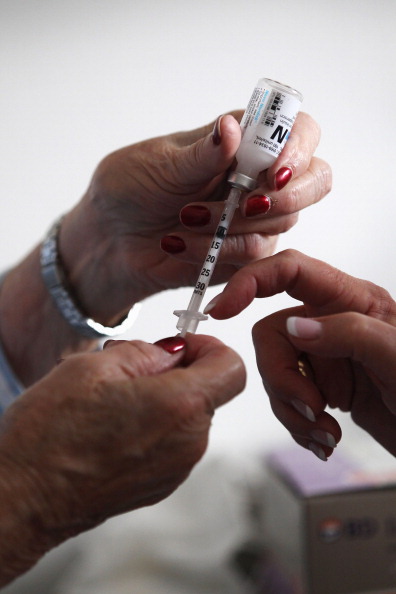
Diabetes can be a killer disease, but it's also preventable. The problem is at least 30% of the population still don't know they have it. This is the recent analysis of a report conducted to assess diabetes prevalence in the United States.
Using the data provided by the National Health and Nutrition Examination Survey (NHANES) conducted between 2011 and 2012, then between 1988 and 2010, which covered more than 25,000 men and women overall, Andy Menke, lead author and Social and Scientific Systems epidemiologist, and colleagues found that there's a substantial increase of around 14% of diagnosed cases within 20 years. Most of those diagnosed were non-Hispanic blacks and whites. On the other hand, at least 50% of Asians and 49% of Hispanics remain undiagnosed.
Most of the cases that have been diagnosed are type 2 diabetes, an adult-onset diabetes that is normally associated with insulin resistance. In this case, the pancreas, which is responsible for the production of the hormone that is linked to glucose, is forced to produce more due to the non-response of cells to glucose when delivered by the insulin.
There are many risk factors associated with type 2 diabetes such as old age and obesity. Those who have a family history are also predisposed to the disease, as well as pre-diabetics.
The diabetes screening called haemoglobin Ac1 test uses a blood sample for examination. It specifically measures the presence of sugar-coated haemoglobin, a part of the red blood cell that carries oxygen to different cells and tissues in the body. A score of at least 5.7% but no more than 6.4% is already an indication of pre-diabetes and therefore an important high-risk factor.
According to Menke, it's essential that those who are considered high risk be educated on the possible complications or effects of diabetes in their health.
